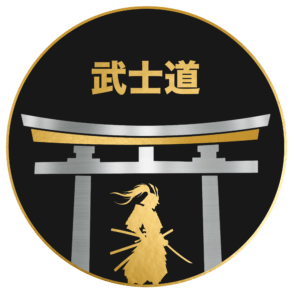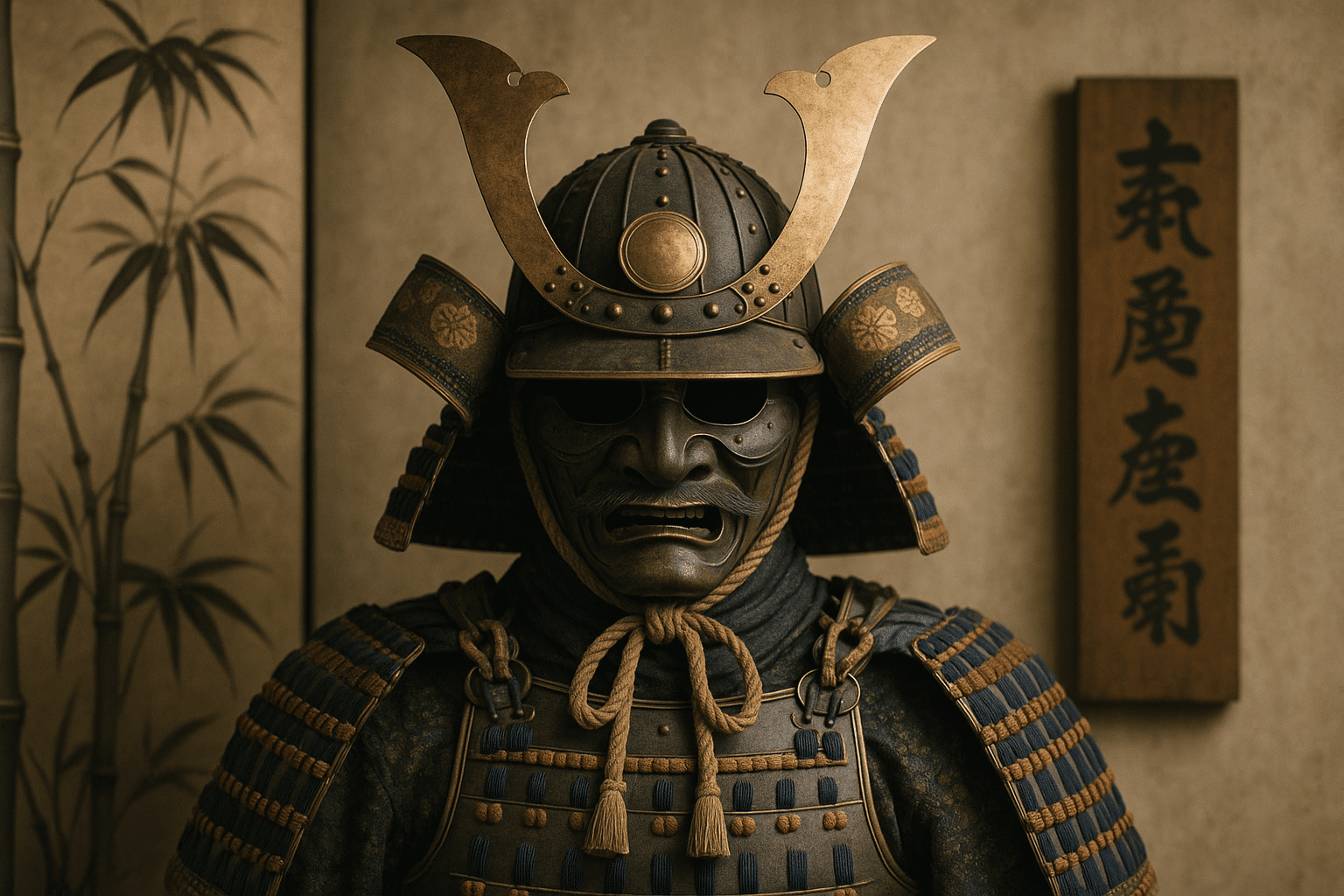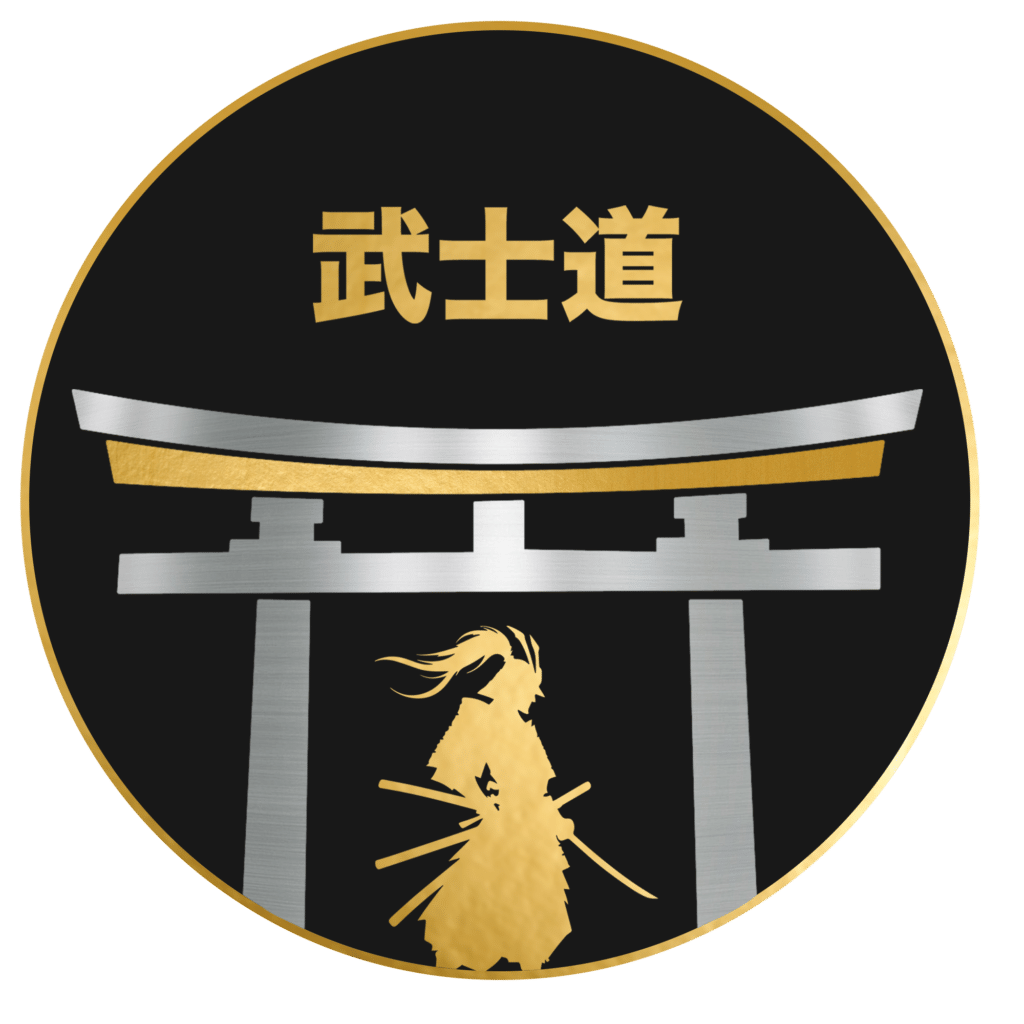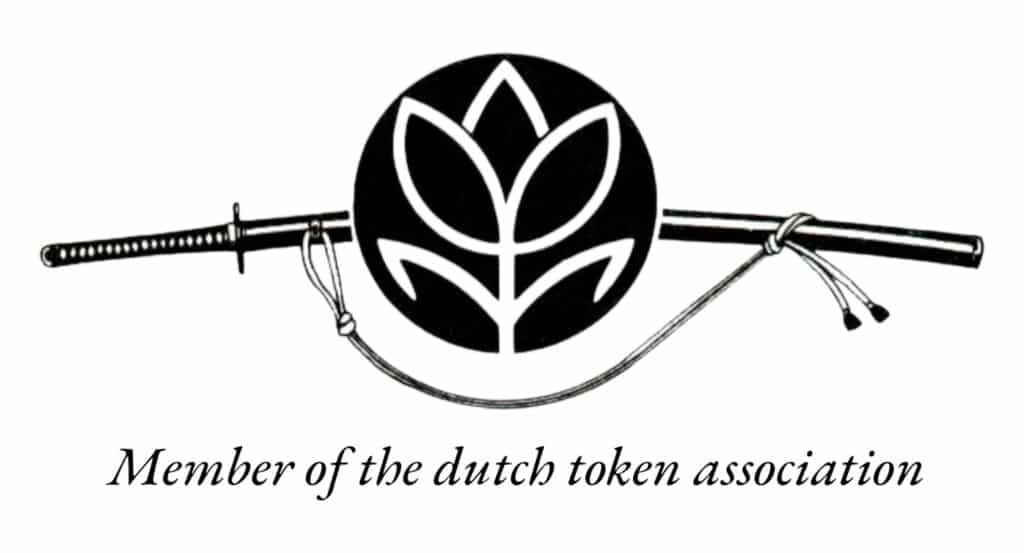Introduction: Form and Function of the Samurai Armour
Samurai armour was made for war. But it carried more than blades and arrows could touch. It protected the body, yes—but also reflected the soul within.
Each plate, cord, and color had meaning. Armour showed rank. It showed clan. It showed pride. Worn with precision, it told others who a samurai was before a single word was spoken.
Function and form were never separate. Armour had to be light enough to move, yet strong enough to endure. It had to serve in battle. But it also had to serve in spirit—grounding the warrior, connecting him to tradition, and reminding him of duty.
This armour was not only defense. It was identity.
The Kabuto (Helmet): Focus and Perception
The kabuto was more than armor. It was a vessel for vision and intention.
Crafted to shield the head in battle, it also shaped how a samurai saw the world. The broad curve of the bowl protected from above. The flared neck guard guarded from behind. Every part served a purpose—no excess, no waste.
Slits and gaps at the front framed the warrior’s view. These were not wide. They demanded precision. The narrowed sightlines trained a focused gaze, helping the samurai tune out distractions. Look only forward. See only what matters.
Adornments on the crest—a plume, a family crest, horns—were not for vanity. They signaled resolve, heritage, role. They told others where the samurai stood—not just in rank, but in spirit.
Worn tightly, the kabuto reminded one to stay upright, aware. It held the mind in place as well as the skull.
This was not just headgear. It was discipline made visible.
Menpo and Facial Guards: The Mask of Resolve
The menpo was more than armor. It was part shield, part statement. Crafted in steel or leather, these facial guards protected a samurai’s cheeks, jaw, and sometimes nose. Some extended to cover the throat. Others bore fierce expressions—snarls, fangs, grimaces—not just to intimidate, but to reflect the warrior’s inner resolve.
Each menpo was unique. Artisans shaped them with care, blending form with fear. Lined with padding for comfort, secured by cords, the mask became an extension of the man. In battle, it hid emotion, preserved the self. It let the samurai step into the role completely—calm, focused, unyielding.
Outside combat, the menpo held meaning still. It marked rank. It marked readiness. It reminded the wearer of his path. In every dent, every line, a story lived.
The samurai did not mask to hide. He masked to become.
Do (Cuirass): Strength at the Core
The Do, or cuirass, formed the heart of the samurai’s armor. It protected the chest and abdomen—areas critical to survival. Constructed from lacquered metal or hardened leather, it absorbed the force of arrows and blades.
Yet it never hindered movement. The cuirass was shaped to fit snugly, allowing the warrior to twist, pivot, and strike with fluid precision. Nothing was wasted. Every plate, every strap served a purpose.
Some designs left the sides open, trading coverage for speed. Others enclosed the torso fully, favoring endurance. The choice reflected the wearer’s role and combat style.
There was beauty in the balance. Protection and grace, forged into one. This was strength that respected motion. A still center in the storm of battle.
Kote (Armored Sleeves): Grace in Motion
The kote protected the arms—essential instruments of the swordsman’s art. Constructed of layered cloth, leather, and iron plates, they shielded without stiffening. Articulated joints allowed the elbow to bend. Flexible wrist coverings ensured a steady grip.
Each pair was crafted to balance defense and motion. The samurai’s arms moved freely, an extension of breath and intent. Strikes flowed without pause. Deflections came without delay.
Nothing was wasted. Armor followed form, never fighting it. The kote did not just guard—they gave confidence in the cut. Movement remained pure, undisturbed by the weight of protection.
In kata and combat alike, the kote proved their purpose: discipline embodied at the edge of motion.
Haidate (Thigh Guards): The Silent Shield
Haidate, the thigh guards of the samurai, rarely draw attention. Yet they serve with quiet purpose. Worn beneath the outer armor, they protect the thighs—an area vital in both movement and defense.
Constructed from small plates of iron or hardened leather, haidate were sewn onto cloth panels. These panels tied at the waist and fell to the knees. The plates moved with the body, shielding without hindering.
Their position was strategic. Mounted archers, foot soldiers, and duelists alike exposed their thighs in combat. A single strike to this region could end a battle. Haidate made that harder.
Though not ornate, their craftsmanship spoke of intent. Precision stitching. Balanced weight. Reinforced edges. All designed to serve, not to dazzle.
The haidate remind us that true strength often works in silence. In a world trained to notice the loud, they stand as quiet protectors—disciplined, dependable, and always ready.
Suneate (Shin Guards): Grounded in Readiness
Suneate are shin guards, worn to protect the lower legs. In the fluid motion of battle, the shins are exposed. A single strike can upset balance, open defenses, or stop forward movement. The suneate prevents this.
Made of iron or hardened leather, they follow the shape of the leg. Tied securely, they do not shift. Their design is simple—plates aligned vertically, allowing mobility while deflecting blows.
In stance, the warrior roots through the legs. If the foundation is broken, the form falters. The suneate guard that root. They preserve the posture, absorb stray cuts, and shield against sweeping attacks meant to take a man off his feet.
They speak of preparation—of choosing steadiness over speed alone. In them is the quiet resolve to stand firm. In them is readiness.
Materials and Craftsmanship: Precision in Every Stitch
Samurai armour was never rushed. It was built with patience, each step exact. Iron plates were hand-forged and curved to fit the body. Every hole was punched with care to bind the cords that held everything together.
Lacing, or odoshi, was more than decoration. It held plates in precise order. Silk cords were tightly woven, balanced in tension and space. The colors followed clear rules—each one speaking to clan, rank, or purpose.
Lacquer sealed the plates in layers, protecting against weather and war. It added strength, but also a deep, quiet beauty. Nothing in the armour was without reason. Nothing was extra.
Even inner linings and fasteners were chosen with thought—materials that would last, yet weigh little. Good armour moved with the warrior. It didn’t fight him.
Hands made every stitch. Eyes checked every line. There was pride in the hidden seams as much as in what showed. When finished, the armour stood firm and ready, silent in its strength.
Conclusion: Armour as Expression
Each piece of armor served a purpose. Not only for protection, but as reflection—of training, of thought, of will.
The textures, colors, and shapes were chosen with care. Nothing was ornamental without meaning. Every line spoke of balance. Every layer, a lesson learned through repetition and resolve.
This was not costume. This was character—worn and shaped by discipline.
In the end, the armor stood as a quiet statement. Strength without noise. Beauty without boast. The warrior did not wear the armor. The armor revealed the warrior.





